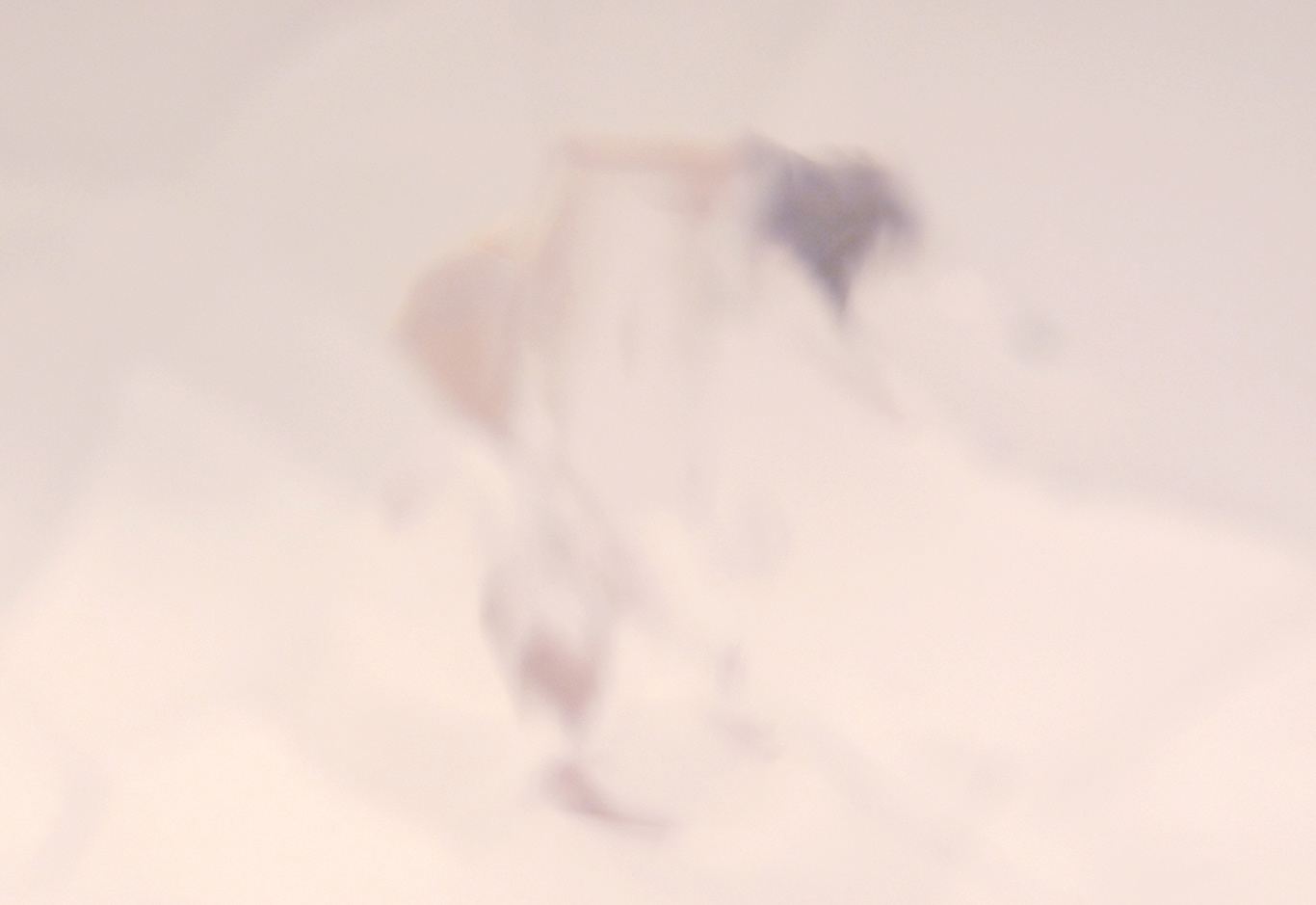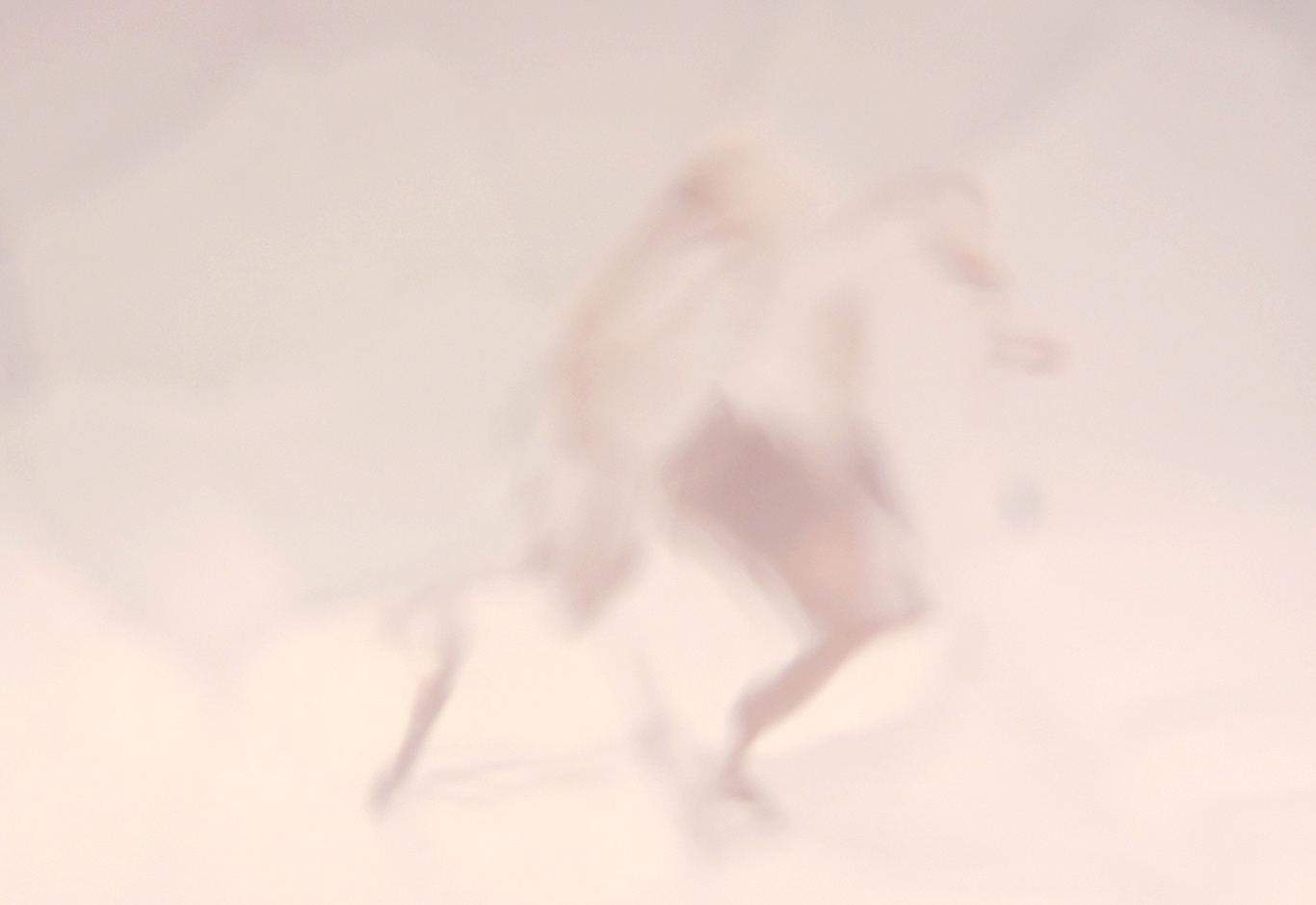In her beautifully dreamlike series The Space Between Us, now on view at NAU Gallery in Stockholm, Danish artist Mette Colberg explores the compelling complexity of glass. We caught up with the young artist to talk about transparency and transformation.
When did you become interested in art?
– I’m not sure I’m interested in art, Mette says with a laugh. I’m interested in things that make me think, like philosophy and materials and the puzzles of the world and the human being. And sometimes these things become art. It is actually a quite difficult question to answer, because it requires me to define what art is. What I want to point out is that for me art can be many different things, and therefore it is difficult to backtrack to a moment when I became interested in art. I’ve always been interested in understanding the world. I think that is as close as I can come to an answer.
– I’m not sure I’m interested in art, Mette says with a laugh. I’m interested in things that make me think, like philosophy and materials and the puzzles of the world and the human being. And sometimes these things become art. It is actually a quite difficult question to answer, because it requires me to define what art is. What I want to point out is that for me art can be many different things, and therefore it is difficult to backtrack to a moment when I became interested in art. I’ve always been interested in understanding the world. I think that is as close as I can come to an answer.
When did you become interested in glass as a material? What is it with glass that you find so intriguing?
– I grew up on an island where there were a lot of small glass studios, so I was introduced to the material early on. My fascination for glass started of as a fascination of the techniques of glassblowing; the fact that someone could master this wired, hot, liquid material, and actually make something out of it. As a kid I could stand for hours and look at the glassblowers work, and I decided early on that I wanted to master the skills of glassblowing.
– I grew up on an island where there were a lot of small glass studios, so I was introduced to the material early on. My fascination for glass started of as a fascination of the techniques of glassblowing; the fact that someone could master this wired, hot, liquid material, and actually make something out of it. As a kid I could stand for hours and look at the glassblowers work, and I decided early on that I wanted to master the skills of glassblowing.
– When I started pursuing that dream I soon realised that the technical aspect of glass was not nearly as interesting as the material itself. When you look at transparent glass you look at it, but you also look through it. That makes it seem absent and present at the same time. It is both material and immaterial.
I’m not sure I’m interested in art. I’m interested in things that make me think
– Glass is also an intriguing material because it holds so many connotations to modern society and the way we live, she continues. I would say that it is one of the most important materials for our modern lifestyle. Think about how it influences your daily life by bringing in light to your home. Or help you see. Through history it has also been the key to discover space and the world of microbiology. Also as immaterial, glass is widely used. One of the most popular buzzwords of all time within politics and the corporate world is transparency.
While many photographers use the camera to capture reality, Mette uses the camera to show things that can’t be seen with the naked eye. Through a use of handmade photographic glass filters, she materialises the invisible and intangible that surround us.
– I’ve always had a thing for photography, Mette says. I think it’s an amazing technical device, and I find the possibility of storytelling in photography very appealing. The fact that this device can freeze moments in time gives me a possibility to capture the immaterial nature of transparent glass, which is why I implemented photography into my work. I began using photography in 2011, but before that I’ve always used it to document processes and experiments within my artistic work. At one time I was playing around with a light table and some small pieces of glass that I had found. As always I took pictures of the experiments. And suddenly it hit me that what I was actually doing was looking at glass through glass.
– This gave me a whole new perspective on glass as a material, and I began playing with the idea that art could be what happened through glass. Instead of looking at glass, as you traditionally do within arts and crafts, I wanted to look through it, to see what happened when the perspective changed. Still having photography in mind, I began to make my own glass camera filters with different kinds of distortions and optics. I wanted to see how the material qualities of glass would affect the images shot through them. I simply wanted to see what could happen when looking through glass.
Entitled The Space Between Us, Mette’s first series shot through a glass filter is a beautiful, dreamlike series of non-figurative images, evoking the duality between fragility and strength.
– I wanted to tell a story about fragility, Mette explains. When working on an earlier project called Portraits, I thought about the duality of human beings, and how important it is to have both strength and fragility. This enables us see things from several perspectives, and to be empathetic to the world and the people around us. Glass also has this duality between strength and fragility.
Glass is both absent and present,
both material and immaterial
both material and immaterial
– So, with the human being and the beauty of fragility in mind I created a fractured glass filter and shot a series of photographs of a naked humans. But then again, like with most of my work, something happened during the process. When I shot these photos it occurred to me that not only did the glass filter transform the structure of the body, it also materialised the space between the model and me. So the glass was not only transforming the body, it was also transforming space, letting us see the intangible mass of air that surrounds us.
What happens for you in the nearest future?
– In a couple of days I’m going to Japan for three weeks, to travel around, collect inspiration, and hopefully make some new work. When I return I will start preparing for two exhibitions in spring; one in Denmark and one in Cape Town. And then later in spring, around April, I will move to London for three months, as an Artist in Residence at the Royal College of Art. So there are busy, but interesting times.
– In a couple of days I’m going to Japan for three weeks, to travel around, collect inspiration, and hopefully make some new work. When I return I will start preparing for two exhibitions in spring; one in Denmark and one in Cape Town. And then later in spring, around April, I will move to London for three months, as an Artist in Residence at the Royal College of Art. So there are busy, but interesting times.
Mette Colberg’s series The Space Between Us is on view at NAU Gallery in Stockholm until November 21.
In September this year, Mette Colberg performed at TEDxCopenhagen, talking about artistic practice. Watch the talk here.


